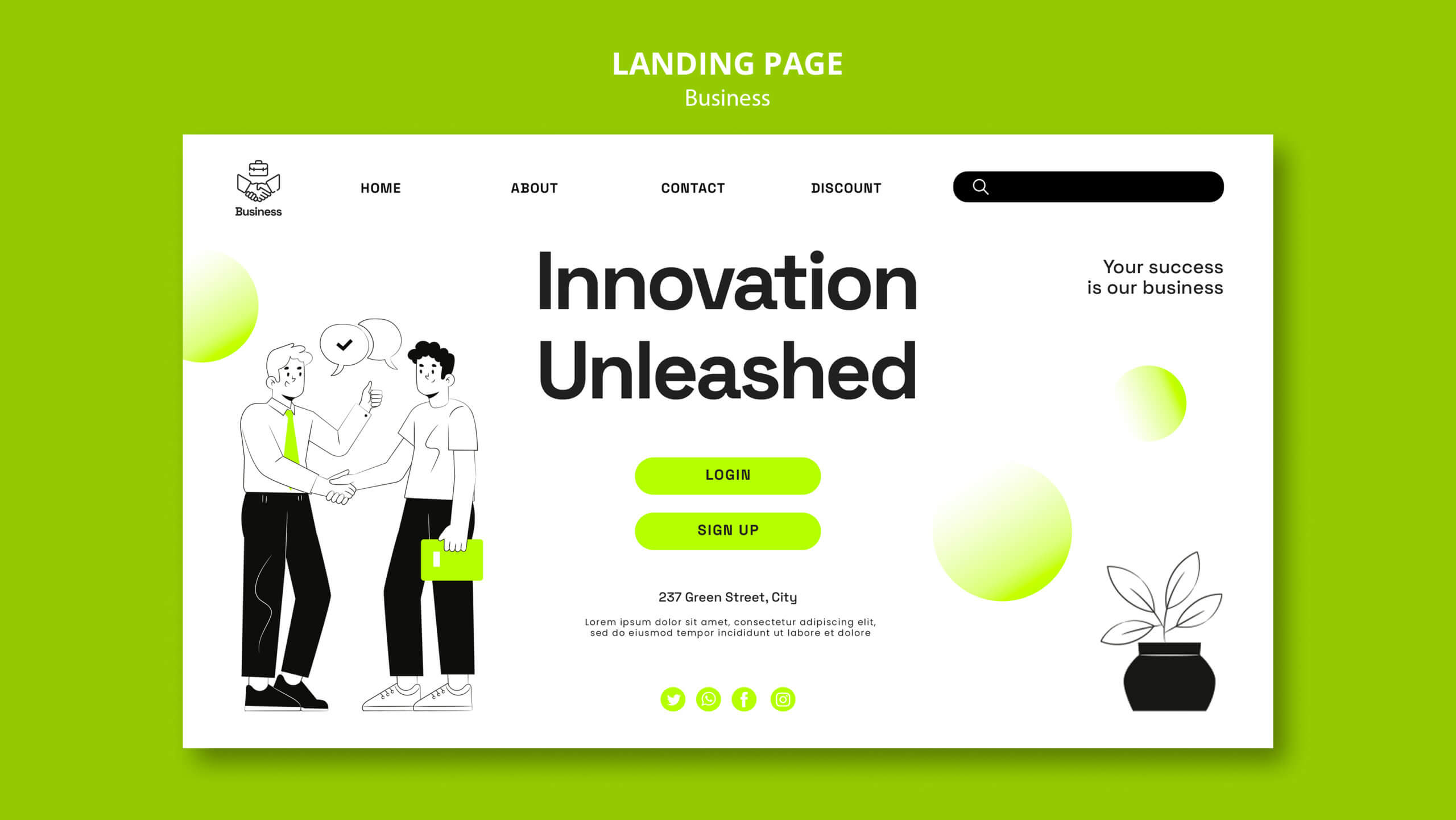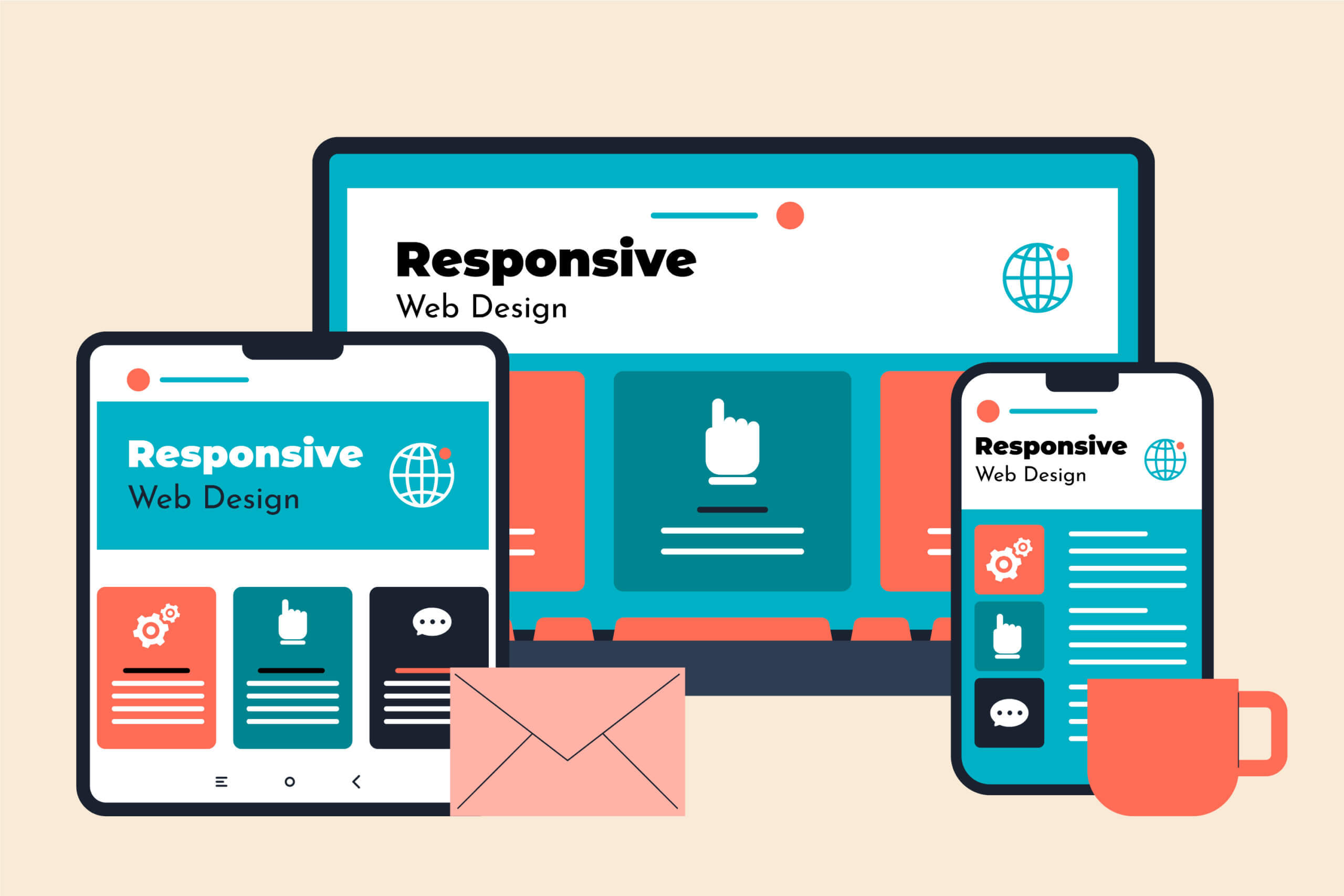
Introduction
User Experience (UX) design plays a crucial role in shaping the success of digital products and services. It focuses on creating intuitive, enjoyable, and meaningful experiences for users, ultimately enhancing customer satisfaction and engagement. In this article, we will explore the importance of UX design and how it contributes to improving the overall user experience.
1. Understanding User Needs and Goals
Effective UX design begins with a deep understanding of user needs and goals. Through research, user interviews, and usability testing, designers gain valuable insights into user behavior, preferences, and pain points. This information allows them to create user-centered designs that address specific user needs and align with their goals, resulting in a more satisfying and engaging experience.
2. Intuitive and User-Friendly Interfaces
A key objective of UX design is to create intuitive and user-friendly interfaces. By employing clear and consistent navigation, organizing information effectively, and providing meaningful visual cues, UX designers ensure that users can easily navigate through the product or service. Intuitive interfaces reduce the learning curve, minimize user errors, and increase overall user satisfaction.
3. Optimizing Accessibility
UX design also focuses on optimizing accessibility to ensure that digital products and services are usable by individuals with disabilities. Designers follow accessibility guidelines and standards to make sure that the interface is perceivable, operable, understandable, and robust for all users. By considering accessibility from the early stages of design, businesses can reach a wider audience and demonstrate inclusivity.
4. Streamlining Workflows and Processes
UX design aims to streamline workflows and processes, making interactions with digital products and services efficient and enjoyable. By eliminating unnecessary steps, simplifying complex tasks, and providing clear instructions, designers enhance the overall usability and reduce user frustration. Streamlined workflows contribute to improved productivity and a positive user experience.
5. Visual and Interactive Design
Visual and interactive design elements greatly influence the user experience. UX designers carefully choose colors, typography, icons, and other visual elements to create aesthetically pleasing and engaging interfaces. They also incorporate interactive elements such as animations, transitions, and microinteractions to provide feedback, guide users, and create delightful moments. Thoughtful visual and interactive design enhances the overall user experience and creates a memorable impression.
6. Consistency Across Platforms
In today’s multi-platform environment, maintaining consistency across different devices and platforms is crucial. UX design ensures a seamless experience by considering the specific constraints and capabilities of each platform. Consistent visual elements, interactions, and information architecture across platforms create familiarity and allow users to easily switch between devices, increasing engagement and satisfaction.
7. Continuous Improvement Through User Feedback
UX design is an iterative process that thrives on user feedback. Designers actively seek feedback from users through usability testing, surveys, and analytics to understand areas for improvement. By analyzing user feedback, designers can identify pain points, optimize interactions, and refine the user experience over time. Continuous improvement based on user feedback ensures that the product or service stays relevant and continues to meet user needs.
Conclusion
User Experience (UX) design plays a vital role in creating exceptional digital experiences that enhance customer satisfaction and engagement. By understanding user needs, creating intuitive interfaces, optimizing accessibility, streamlining workflows, incorporating visual and interactive design, ensuring consistency across platforms, and continuously improving through user feedback, businesses can deliver products and services that delight users and foster long-term relationships. Embracing UX design principles leads to improved customer satisfaction, increased user engagement, and ultimately, business success.

















